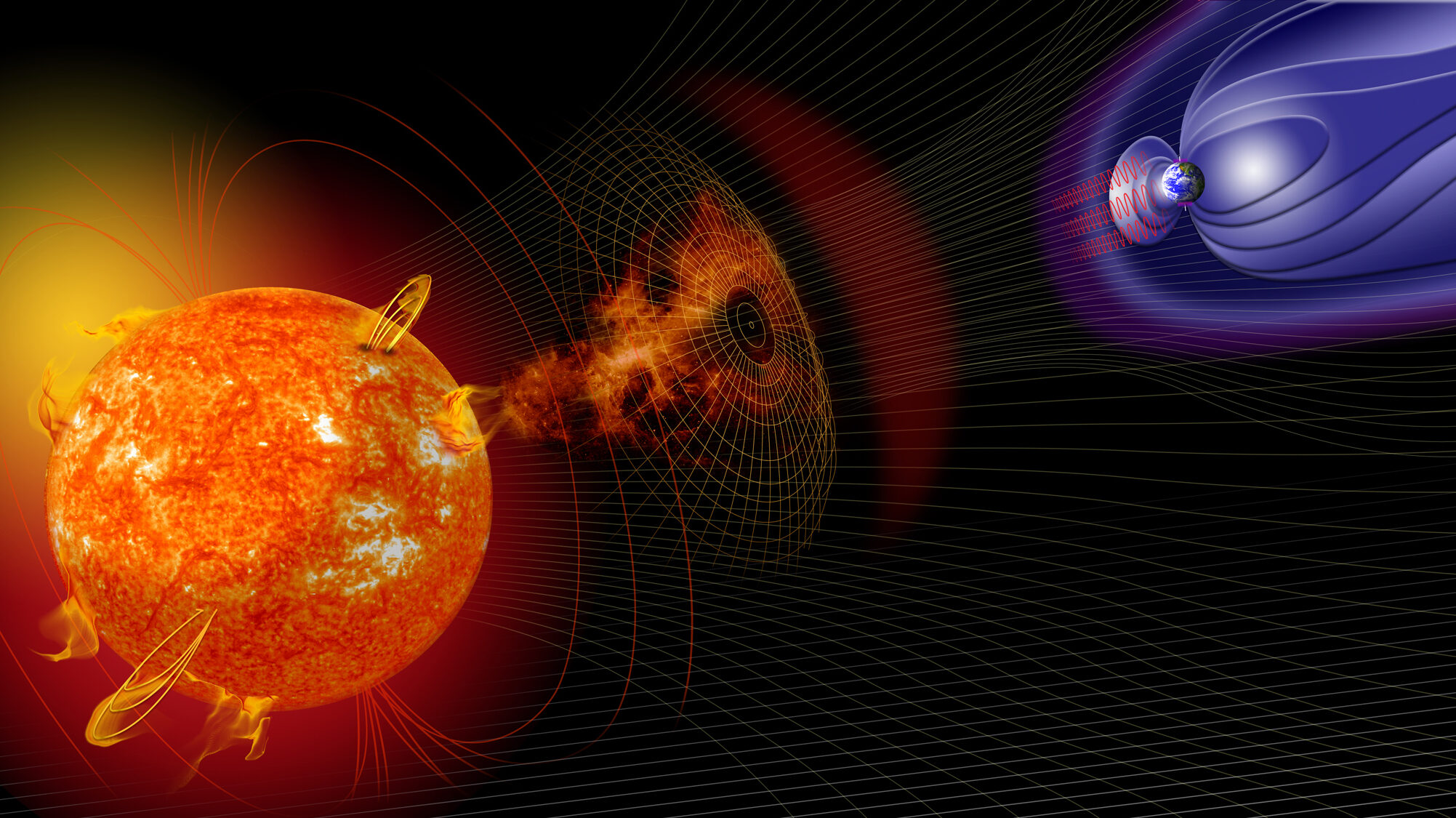Scientists Warn of Strong Solar Activity
Space weather experts have issued alerts for potentially severe solar storms expected to reach Earth between Tuesday night and early Wednesday. These events, caused by multiple coronal mass ejections from the Sun, may generate colorful northern lights across much of the Northern Hemisphere and temporarily disrupt radio and GPS communications.
Coronal mass ejections are bursts of charged particles and plasma that, when they collide with Earth’s magnetic field, can create powerful geomagnetic storms. The brightness and southern reach of the auroras depend on the timing of the solar bursts and how they interact with the atmosphere.
Increased Activity During the Solar Cycle
The Sun is currently at the peak of its 11-year solar cycle, a period when its magnetic activity intensifies. During this phase, the Sun’s poles reverse, creating magnetic fluctuations that increase the frequency of solar storms and visible auroras in regions where they are not usually seen.
In recent years, Earth has experienced some of the strongest geomagnetic storms in decades, with auroras illuminating skies far from the Arctic Circle. According to scientific agencies, this active solar phase is likely to continue through the end of the year, though the exact timing of its peak will only be determined months later.
Effects on Earth and Observation Tips
Solar storms can cause more than just light shows. Fast-moving solar particles can interfere with satellites, electrical systems, and navigation networks. In rare historical cases, geomagnetic disturbances have even damaged telegraph lines and disrupted communication systems.
For those hoping to witness the northern lights, experts recommend heading to dark, rural areas away from city lights and checking space weather forecasts. On clear nights, smartphone cameras may capture subtle colors and shapes of the aurora that are invisible to the naked eye.






